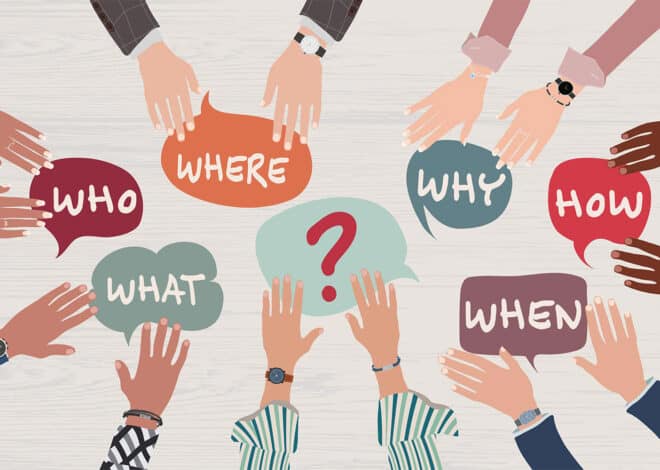How We Built a Nonprofit from Our College Bedroom and What We Wish We Knew
Simple advice that can help guide you more quickly to the best practices without learning the hard way when starting a nonprofit.

It’s the people who see you working every day that propel you forward.
A couple years ago during our sophomore year of college, we were sitting in our tiny bunk beds discussing the profound lack of access to educational tools for young, sick children after witnessing it all summer long in a pediatric clinic. We decided to do something about it and started Pedi-Ed, a nonprofit dedicated to pediatric patient education through videos and resources that inform and educate children about various medical conditions and obstacles.
Teaming up with an old friend who agreed to be our Chief Creative Officer, we got started by building out our first set of congenital heart videos for kids. Since then, Pedi-Ed has grown and developed tremendously in just two years—but not without many doubts and setbacks. Our advice is simple, and we think it can guide you more quickly to the best practices without learning the hard way.
Turn Rejection Into Motivation
If anyone knows how difficult rejection can be, it’s us. We sent hundreds of hopeful emails to healthcare professionals, content developers, public health professors, and child development specialists on a weekly basis―and received an average of two or three responses. Without a doubt, this was one of the most discouraging aspects of building our organization. Oftentimes, when we did get a response, it wasn’t what we wanted. When Pedi-Ed first began, we tried tirelessly to develop our product with doctors and hospitals, but sadly their support and engagement was limited. We felt hopeless―if we couldn’t get hospitals and professionals to support us, how were we going to legitimize what we were doing?
Even though this felt like a major roadblock to our success, there was such a clear need for what we were creating that we refused to give up.
Instead, we decided to flip our ask. We stopped trying to build with hospitals and doctors, and started doing it alongside them. We began developing our product with advice and insights from medical professionals instead of relying on their infrastructure and resources. This shift in direction led us to some of our biggest champions and supporters, many of whom became advisors that helped propel us in new directions. Without the rejection we endured, we wouldn’t have the model that we do today…or the amazing support that we developed.
Find Your Passion and Embrace It!
Building an organization from the ground up is not a simple feat; however, when you truly believe in your mission, it makes the huge feat of launching a nonprofit possible. But remember that nonprofits are built upon networks of mentors, organizations, and other nonprofits. In order to forge these partnerships and engender trust, you have to convince others to believe in your mission, your organization’s capabilities, and your team―which is easy if your passion for your organization shines through.
Our problems didn’t arise out of a lack of passion for the mission; for us it was the doubt we held around what we were doing to solve these problems. As young, inexperienced college students, we felt uncomfortable taking pride in what we were doing. After all, who were we to solve this huge problem?
To counter our humble-to-a-fault attitude, we decided to tell everyone about Pedi-Ed. We talked about what we were doing to anyone who would listen, and, surprisingly, they wanted to. The more we spoke about our work, the more comfortable we got “bragging” about ourselves and the amazing organization and mission that we believe in so deeply. Instead of being shameless self-promoters, we decided to be proud self-promoters, and our passion became infectious.
When you start an organization, be proud of it and of your leadership and initiative. Talk about your background and connection to the cause. Conveying your passion is the best way to recruit supporters and allies to your cause.
Find Your People
One or two people alone does not a cause make! We discovered that one of the most important keys to success and impact is finding good mentors and building a strong network. Beyond those industry leaders and professionals who have supported us though, we wouldn’t have the thriving nonprofit we do today without the champions we found within our friends and families. It’s the people who see you working every day that propel you forward.
There have been many moments when we looked at each other, shrugged our shoulders, and concluded, “Well, maybe we’re not good enough.” But it’s the relatives, roommates, and best friends who pull us out of those slumps every time. Sitting through mock presentations, listening to us ramble on about meeting agendas, and serving as our most intent sounding boards, these people encouraged, supported, and pushed us onward. In every moment of doubt, these are the champions that continuously got behind every initiative.
Finding those champions—allies who support, love, and care about you and your growth on a personal level—shape and enable not only your trajectory, but also the growth and development of your change-making initiative.
Over these last two years, there have been plenty of bumps in the road and no doubt, there will continue to be countless more ahead. However, working on our mission—with the incredible team and community that we have built—makes those obstacles that much easier to face. We could not be more grateful for all of the lessons we’ve learned and all of the people we’ve met along the way. And moreover, we couldn’t be happier with how this work has turned us into so much more than best friends and roommates—we are co-founders of a mission and organization that targets change within the lives of young patients and families.
Let’s be real, that’s the furthest thing from your typical college roommate horror story!
About the Author
Articles on Blue Avocado do not provide legal representation or legal advice and should not be used as a substitute for advice or legal counsel. Blue Avocado provides space for the nonprofit sector to express new ideas. Views represented in Blue Avocado do not necessarily express the opinion of the publication or its publisher.













It would be very helpful to know more detail about a statement made in the article by Singh and McGuire. They said they switched from relying on the infrastructure and resources of health care professionals and facilities and instead asked them to help develop the product. I really don’t understand what that means, but it sounds crucial to the problems a lot of us face in starting nonprofits and moving them forward. Can anyone clarify?
It would be very helpful to know more detail about a statement made in the article by Singh and McGuire. They said they switched from relying on the infrastructure and resources of health care professionals and facilities and instead asked them to help develop the product. I really don’t understand what that means, but it sounds crucial to the problems a lot of us face in starting nonprofits and moving them forward. Can anyone clarify?
Hi Joni! What we meant by this is that we began turning to health care professionals as sources of advice and brainstorming. Instead of trying to sell them on our product in order to integrate our services in their clinic/hospital settings, we are focusing on engaging such professionals in the development of our product. This way we have the support of really important stakeholders and we can use their insights to find alternative ways to reach our target populations.
Thanks for post!